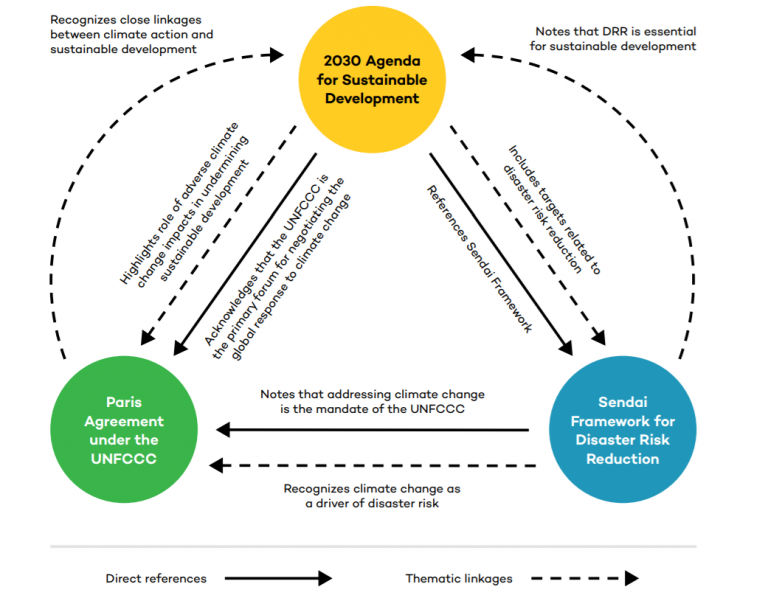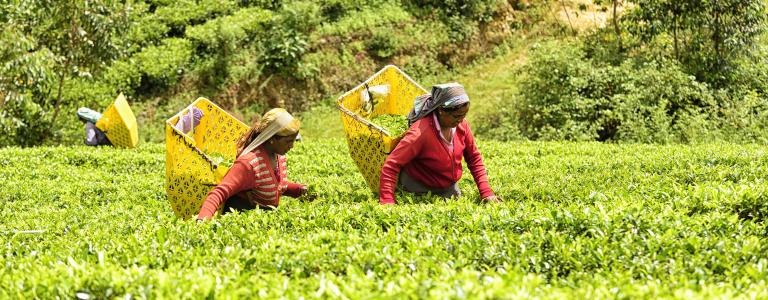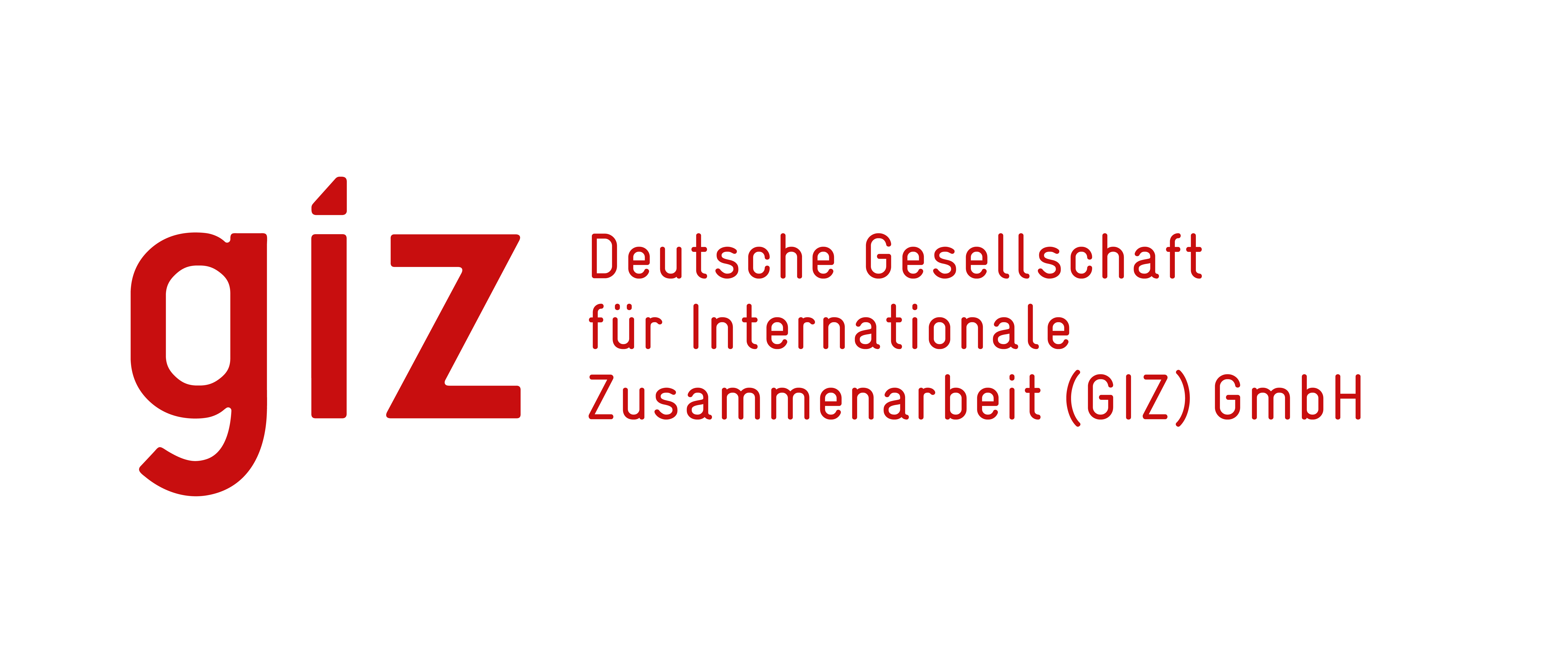Advancing Alignment for Climate-Resilient Development
IISD has published three briefs introducing the concept of alignment and outlining entry points for countries to get started in aligning different policy processes.
Sustainable development, disaster risk reduction and climate change adaptation are inextricably linked and interconnected fields.
Building strategic linkages and coordinating actions among them could increase the effectiveness of different actions and related goals.
In 2015, the global community adopted the 2030 Agenda for Sustainable Development, the Paris Agreement and the Sendai Framework on Disaster Risk Reduction (DRR). All of them have substantial areas of overlap and clear convergence of objectives related to strengthening resilience, fostering sustainable development and reducing vulnerability to climate change and disasters. For example, the Paris Agreement recognizes the links between climate action and sustainable development while the 2030 Agenda highlights the role of climate change impacts in undermining sustainable development. The Paris Agreement has significant overlap with the Sendai Framework when it deals with losses and damage caused by climate change and extreme weather. Furthermore, Sendai recognizes climate change as a driver of disaster risk and that DRR is essential for sustainable development. In addition, all three frameworks have formulated improved cooperation and international support as a common goal (in SDG 17 of the 2030 Agenda and in both the Sendai Framework and Paris Agreement), creating the foundation for creating functional linkages.

Within countries, policy processes have been established to outline individual commitments and strategies for meeting each nation’s objectives under these global agendas. These include strategies aimed at achieving the SDGs; National Adaptation Plans (NAPs) and Nationally Determined Contributions (NDCs) under the Paris Agreement; and DRR strategies under the Sendai Framework. Alignment of these different processes can increase coherence, efficiency and effectiveness toward achieving development outcomes that are resilient and sustainable.
It is thus critical to promote a coherent approach to the planning, implementation and reporting of the three global agendas. Pursuing alignment will enable smarter use of resources, improve the quality of planning and magnify the impacts. It will also help minimize potential conflicts and counterproductive implementation of measures, achieving joint agenda goals more efficiently and effectively.
While many countries recognize the value of alignment, they struggle to understand what aligned policy processes look like in practice and how this can be achieved. To date, the research on good examples of aligned and integrated policy processes under the different post-2015 global agendas is limited.
IISD has published three briefs introducing the concept of alignment and outlining entry points for countries to get started in aligning different policy processes. These briefs also highlight country perspectives on the alignment of NAPs and NDCs as a basis for broader alignment toward climate-resilient development.
The briefs are complemented by case studies (Colombia, Kenya, Sri Lanka), that explore country-specific emerging good practices and practical learnings in aligning their national-level policy processes under these global agendas.
The overview briefs and case studies are a product of the Support Project for the Implementation of the Paris Agreement (SPA), which is funded by the German Federal Ministry for the Environment, Nature Conservation and Nuclear Safety (BMU) under its International Climate Initiative (IKI). They were produced jointly by IISD and GIZ.
Latest
You might also be interested in
Trade and Climate Change
IISD project on trade and climate change
Climate Risk Management Technical Assistance Support Project
Local and national climate information drives sustainable development planning.
Nature for Climate Adaptation Initiative
A new initiative aims to support nature-based climate action that protects livelihoods and biodiversity in the most vulnerable parts of the world.
Task Force for a Resilient Recovery
With ideas from Canada and around the world, our Task Force aims for a resilient recovery—one that delivers good jobs, is positive for the environment, and addresses inequality.



